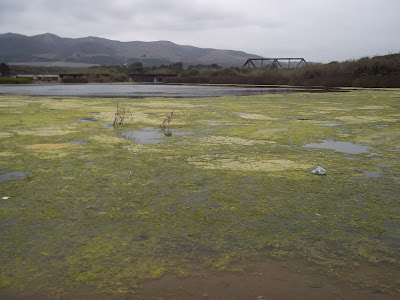The G.A.T.E. class participated in a "Rebuilding Rome" activity in which they were to commemorate Roman architecture through the rebuilding of a famous Roman building using paper, tape, and glue. In teams, students researched their piece of Roman architecture (Pantheon, Colosseum, Forum, Roman roads, Roman baths, Circus Maximus, aqueducts, and Hadrian's Wall) and its importance to the Romans. Then, students planned and executed their buildings including descriptions and finally posted photos they took of their buildings onto ThinkQuest.org (our online classroom) with a description of the importance of their building and how it might be used today if it were reintroduced into society. Enjoy the photos below!
GETTING STARTED...
Students use ThinkQuest to begin the project:

FINISHED BUILDINGS WITH DESCRIPTIONS BY STUDENTS:
The Roman Colosseum was important to the romans because they used to have fights there. However, I think we would be able to use it as a sports center.
This is the inside of our Colosseum. There are small dead figures, because they did use the Colosseum for fights.
This an Aqueduct that we built out of paper. Aqueducts are very important to Romans because it brought them fresh, purified, clean water. Without the aqueducts, they would probably would have died of thirst and disease because of dirty water. We could use this in the future if we put it in our oceans so we can have better tasting and cleaner water.

The bath was important because without clean people there would be more of a chance to get diseases. In fact, the Roman bath is still used today and we all know it as a pool. We know of these because there are water parks and hotel pools everywhere.
Circus Maximus is Latin for "greatest circus". This building was burned down three times in its history of Rome. This was built for the same reason that the colosseum was built, which is to distract the people from the problems in Rome. There were chariot races here, but this would be cool for Nascar racing today.
This is the massive Roman Forum that stands in the oldest part of Rome. Many people such as merchants and commoners traveled from many lands to find what treasures lie here. People traded news, bought things, and scavenged the endless limestone walls for new places to find. Today it could be used as a city hall.
My group built Hadrian's wall, a wall in the Roman Empire that is now in England and Scotland. It served as a boundary, but the Romans did not need other walls because there were rivers that served as boundaries from Rome and the other province\es. It was about 30 feet tall and had ditches, burms, and guardposts throughout the length of the wall.
This is another side view, but this time it's getting the opposite side and more of what it would look like if you were standing on one of the hills by it looking down on it. I think that they should build a museum on the wall to show the history of Rome, or the English Military could restore it and use it for the same purpose the Romans used them for!
This is our replica of the ancient Roman roads. The Roman roads were used to travel from place to place. Even though they were bumpy and unstable, they helped the Romans travel and transport things whenever they needed to. The Roman roads are still used today in places all over the world. We use roads just like the Romans did, as a way of transportation.
This is why the Roman roads were and are still important.
This is a picture of the front of the Pantheon model, which served as a temple to the gods for the Romans. Today, this would be similar to a church or cathedral.












































